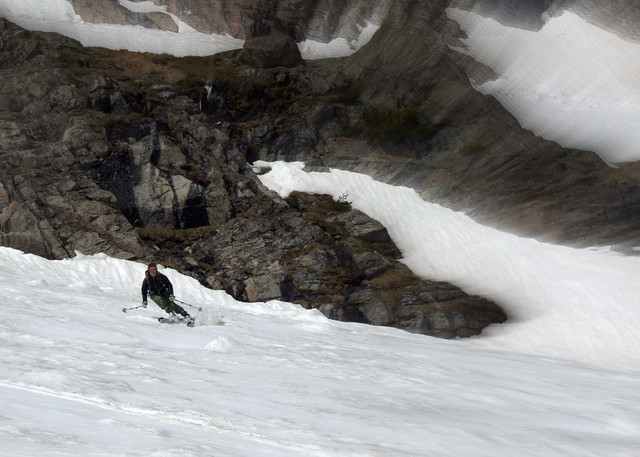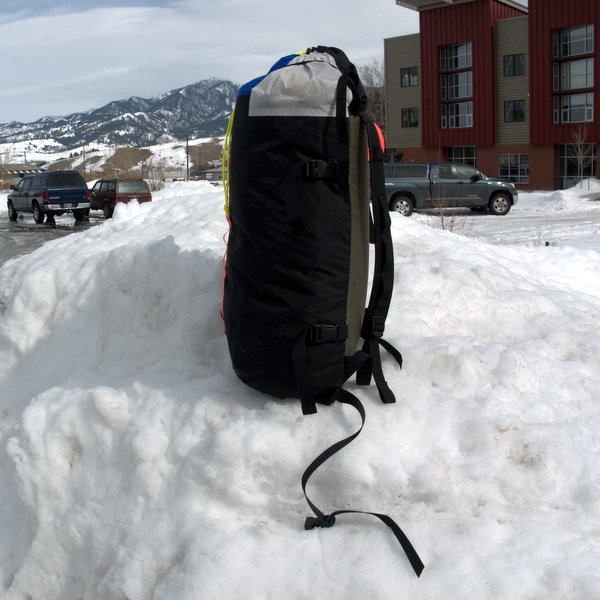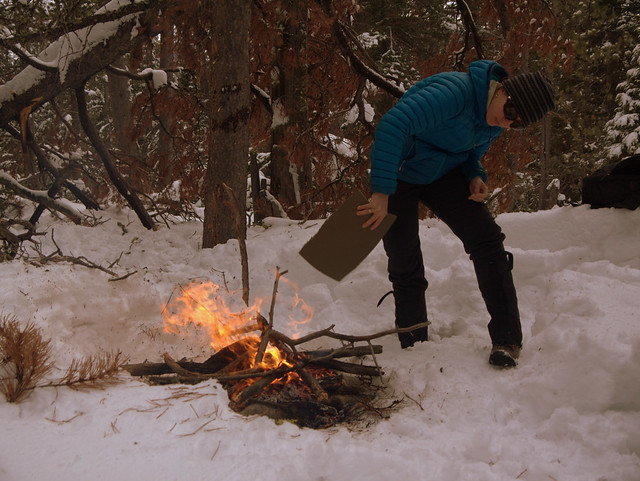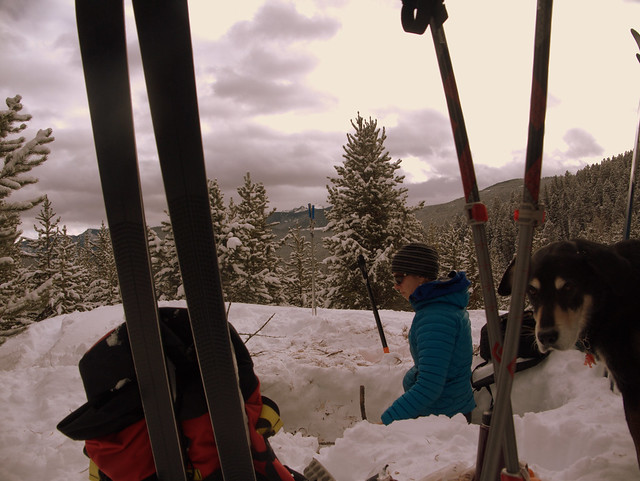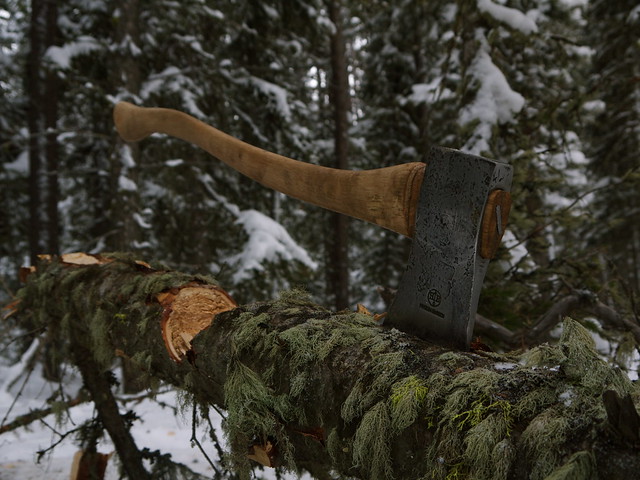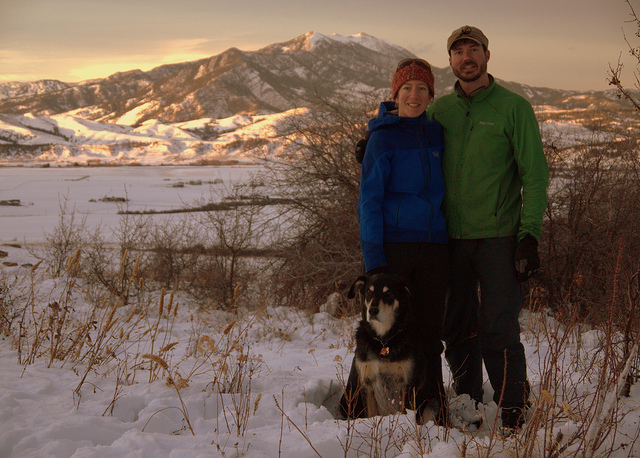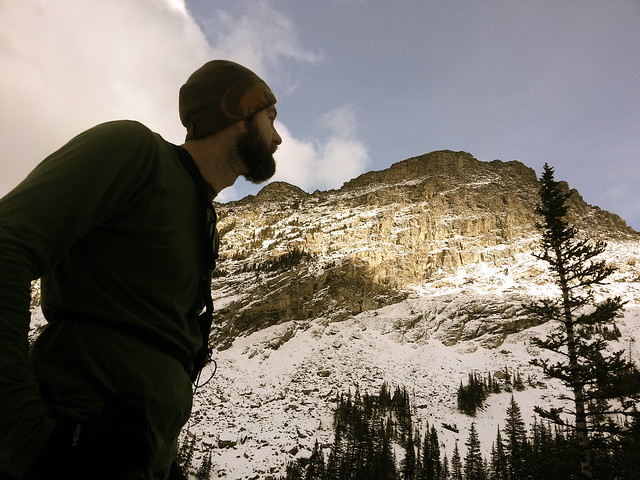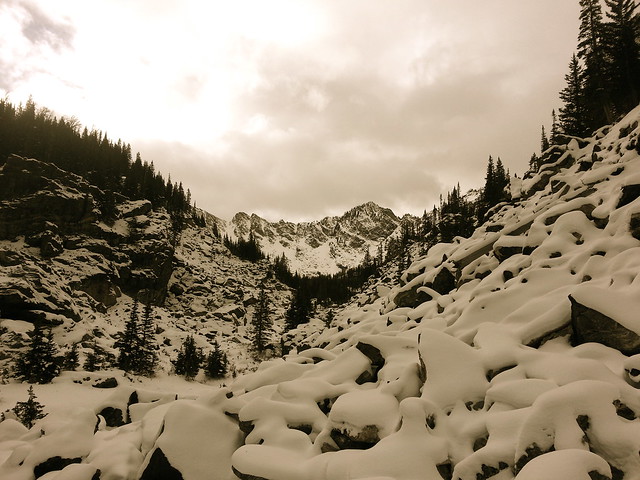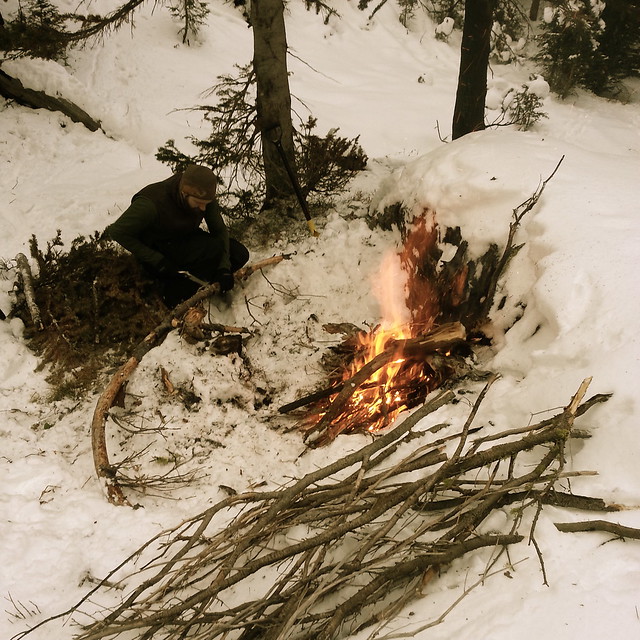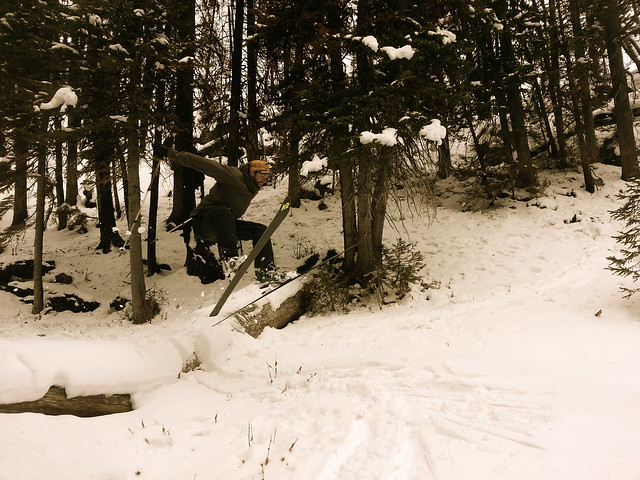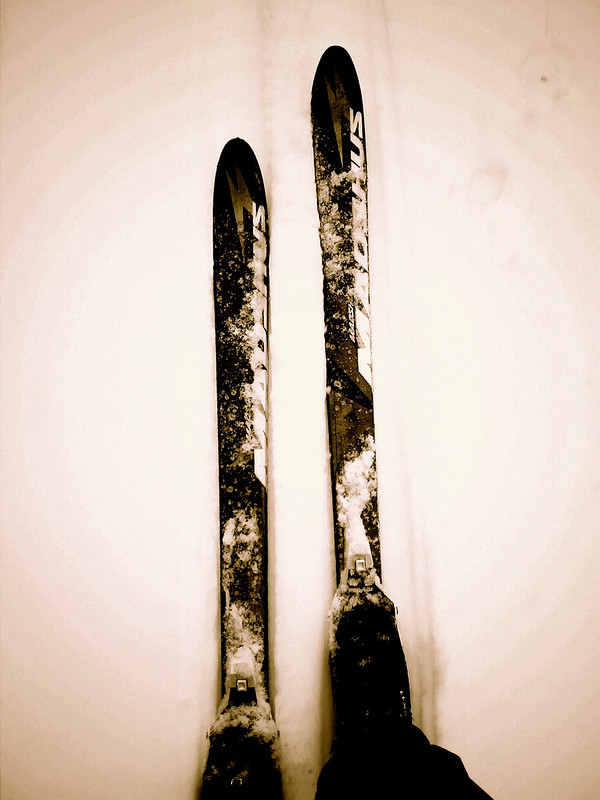The United States Forest Service has a series of cabins, fire lookouts, and other shelters available for rental at a nominal cost all over the country. In SW Montana there is a LOT of federal land and therefore there are a LOT of these rental cabins. Navigate your way to recreation.gov to see for yourself.
######
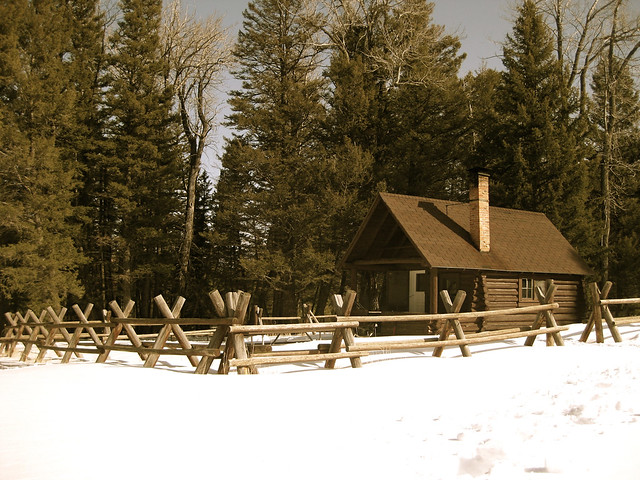
######
A couple weekends ago my lady, a friend of hers, and myself put some winter gear into a big ol’ Otter Sled (designed to normally be pulled behind a snow machine) that I hand fashioned into a pulk and set off for a four mile ski to the Spanish Creek Cabin in the Northern Madison Range of the Gallatin National Forest. Â I was prototyping a pulk system that I will ultimately build onto my Mad River Rocket sled using a far lighter and better performing system. Â I plan to cover this in more detail in a later post.
######
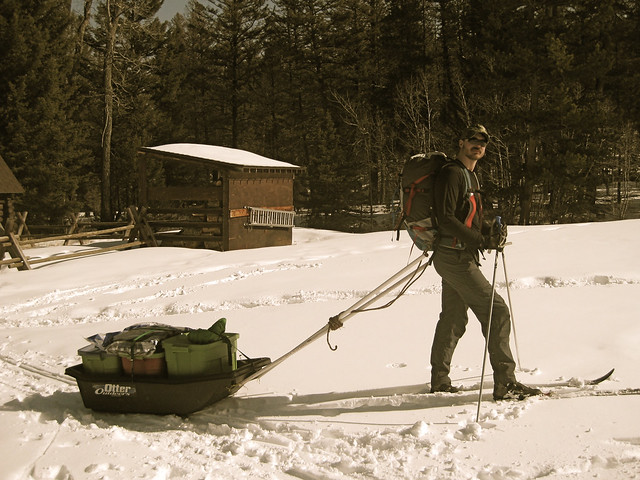
######
As you can see in the above photo weight was of absolutely NO CONCERN whatsoever. Â I set three Rubbermaid tubs on the floor in the living room and told the ladies that if it fit into the tub I’d pull it in the pulk. Â Water, food, sleeping bags, pillows, books, wine, beer, slippers, warm clothing, you name it – it all went in. Â They each wore a small backpack with the day’s water and food in it and I wore a pack that I put my sleeping bag into (simply to give it some shape). Â I attached the pulk with a couple carabiners and set off through the sticky snow.
######
The hike into the cabin is along an asphalt road that is not plowed in winter so the gradient is very mellow. Â The area is very windblown however and given the low snow levels of the season there were many portions that contained exposed asphalt. Â About a 1/4 mile into the ski I removed my skis, placed them onto the pulk and walked for about two miles over asphalt, hardpacked ice/snow, and through minimal drifts. Â At about the two or 2.5 mile mark the snow levels increased and I was able to ski with the load behind me.
######
The system I was prototyping for the pulk uses a commonly-known method of two five foot lengths of PVC pipe crossed in an “x” pattern and connected to the hipbelt of the pack. Â I ran lengths of rope through the PVC pipe for this prototype but the final version will not use rope. Â The “x” pattern tracked behind me on uphills and downhills very, very well. Â It did roll over on my twice when I was attempting some sidehills that were simply too steep. Â I estimate however than in my upcoming design the load will ride much lower (aka no more spacious Rubbermaid tubs) and will therefore allow me to attempt steeper slopes with a lower center of balance.
######
This was also the first overnighter I took using the Madshus Epoch skis I procured this year. Â In the past years all of my backcountry travel has either been on snowshoes or via my splitboard but I have been entertaining the idea of using a set of skis that would allow me to focus on making miles quickly and easily on trips where descending wasn’t the primary focus (as with splitboarding). Â I chose the Epochs because they allow for excellent edging and control in offtrail as well as groomed trail situations. Â To complement the ski I went with a vintage three-pin Rotefella Telemark binding and the Rossignol BCX11 boot.
######
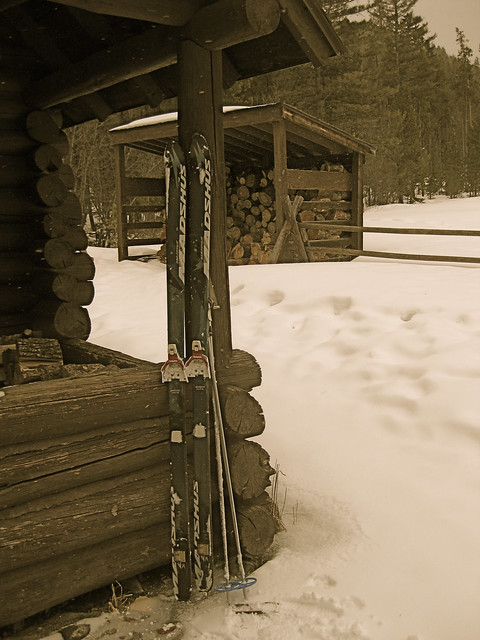
######
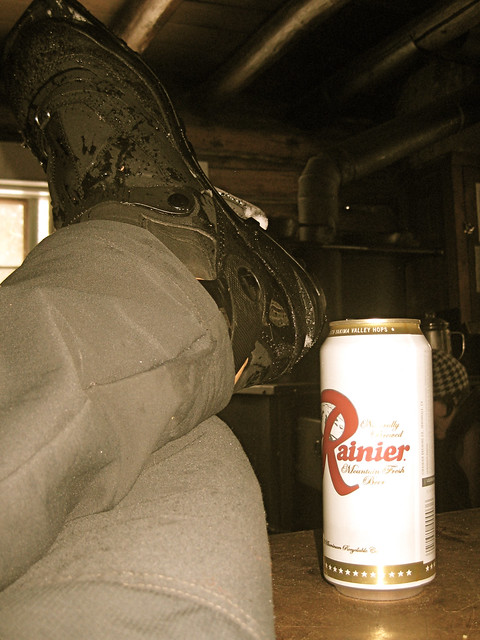
######

